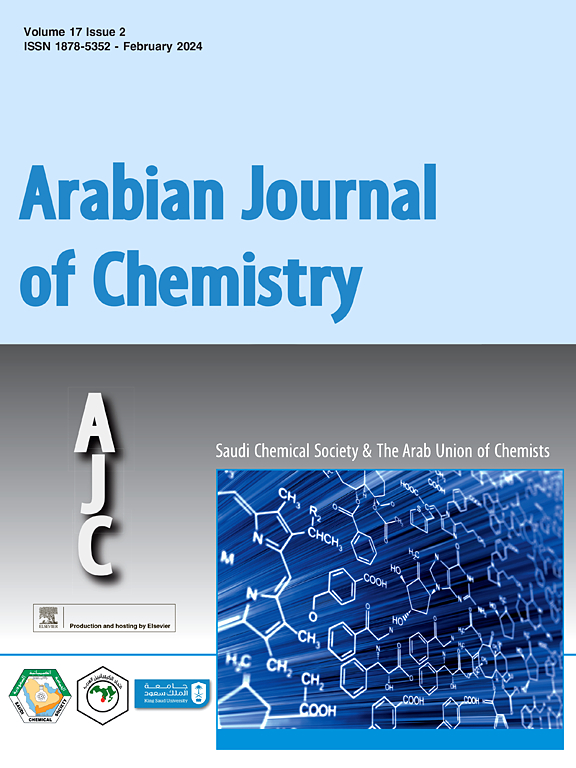基于装载 piR7472 的介孔二氧化硅的骨靶向递送平台,用于治疗骨质疏松症
IF 5.2
2区 化学
Q2 CHEMISTRY, MULTIDISCIPLINARY
引用次数: 0
摘要
促进成骨细胞分化和抑制破骨细胞形成仍然是治疗骨质疏松症的重大挑战。随着人们对骨质疏松症的认识不断加深,越来越多的文献强调了 m6A 甲基化在骨质疏松症中的调节作用。然而,目前还没有稳定调节细胞 m6A 甲基化水平的可靠方法。在此,我们报告了一种利用阿仑膦酸盐(aln)修饰的介孔二氧化硅纳米颗粒(MSNs)来递送碳酸氢钠和 piR7472 并调节细胞行为的新方法。我们的实验结果表明,Aln修饰能使纳米颗粒稳定地靶向羟基磷灰石,从而在骨质疏松区域积聚。碳酸氢钠能抑制破骨细胞的生成,而 piR7472 能增强 m6A 甲基化,促进骨髓基质细胞(BMSCs)的成骨分化。计算机断层扫描(CT)和苏木精及伊红(HE)染色显示,使用 MSNs-Na@piR7472 治疗 2 周后,皮质骨增厚,骨小梁密度增加,胶原纤维厚度改善,破骨细胞的数量和染色面积显著减少。这些发现表明骨质疏松症得到了明显改善。本文章由计算机程序翻译,如有差异,请以英文原文为准。
A bone-targeting delivery platform based on mesoporous silica loaded with piR7472 for the treatment of osteoporosis
Promoting osteogenic differentiation and inhibiting osteoclast formation remain significant challenges in the treatment of osteoporosis. With the growing understanding of osteoporosis, increasing literature has highlighted the regulatory role of m6A methylation in this condition. However, there is currently no reliable method to stably regulate cellular m6A methylation levels. Here, we report a novel approach utilizing alendronate (aln)-modified mesoporous silica nanoparticles (MSNs) to deliver sodium bicarbonate and piR7472, modulating cellular behavior. Our experimental results demonstrate that Aln modification enables the nanoparticles to stably target hydroxyapatite, thereby accumulating in osteoporotic regions. Sodium bicarbonate suppresses osteoclastogenesis, while piR7472 enhances m6A methylation, promoting osteogenic differentiation of bone marrow stromal cells (BMSCs). Computed tomography (CT) and hematoxylin and eosin (HE) staining showed that after 2 weeks of treatment with MSNs-Na@piR7472, cortical bone thickened, trabecular bone density increased, collagen fiber thickness improved, and both the number and staining area of osteoclasts were significantly reduced. These findings indicate a marked improvement in osteoporosis.
求助全文
通过发布文献求助,成功后即可免费获取论文全文。
去求助
来源期刊

Arabian Journal of Chemistry
CHEMISTRY, MULTIDISCIPLINARY-
CiteScore
10.80
自引率
3.30%
发文量
763
审稿时长
63 days
期刊介绍:
The Arabian Journal of Chemistry is an English language, peer-reviewed scholarly publication in the area of chemistry. The Arabian Journal of Chemistry publishes original papers, reviews and short reports on, but not limited to: inorganic, physical, organic, analytical and biochemistry.
The Arabian Journal of Chemistry is issued by the Arab Union of Chemists and is published by King Saud University together with the Saudi Chemical Society in collaboration with Elsevier and is edited by an international group of eminent researchers.
 求助内容:
求助内容: 应助结果提醒方式:
应助结果提醒方式:


